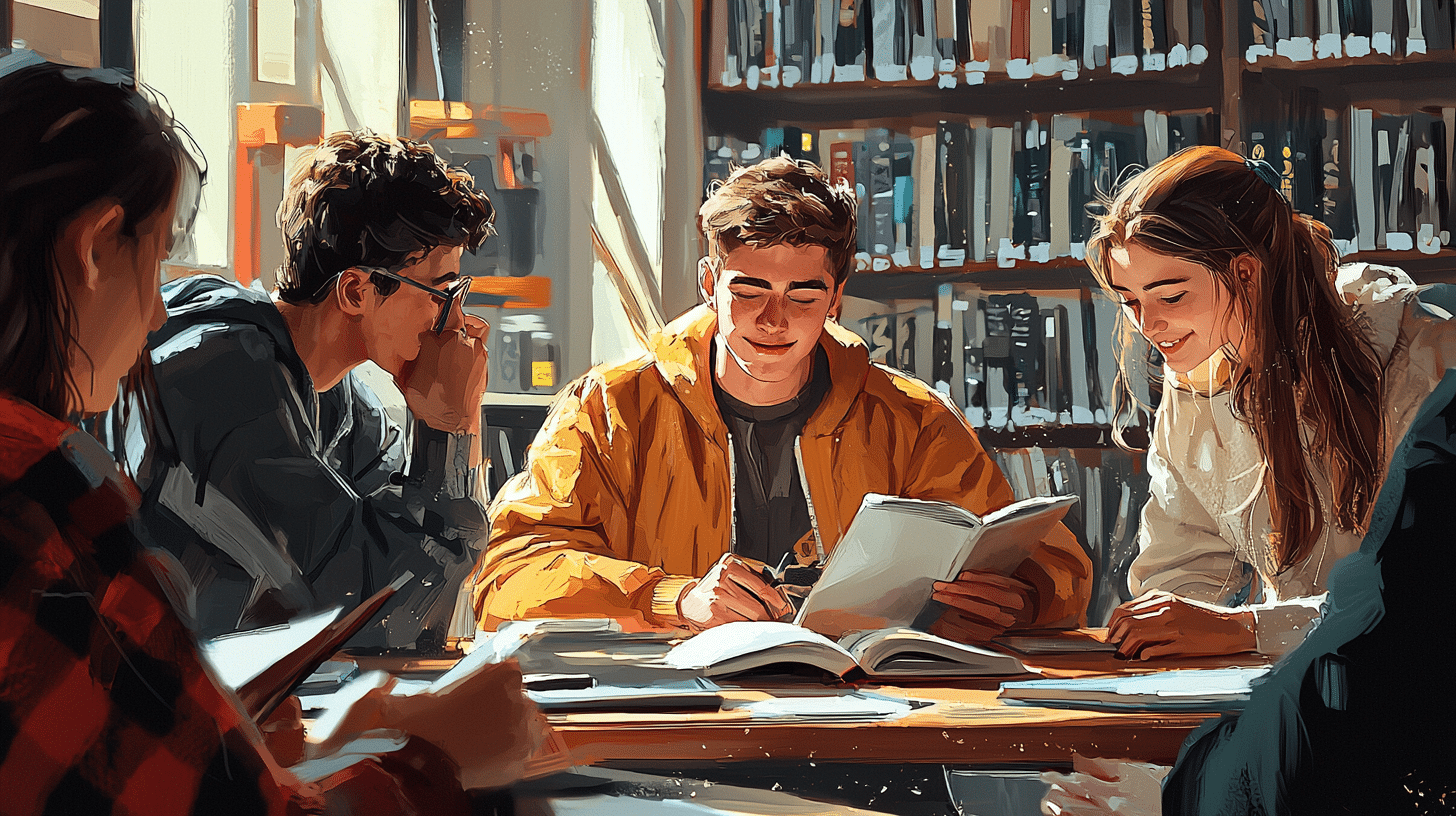Persian, also known as Farsi, is a beautiful language spoken by millions of people in Iran, Afghanistan (where it’s known as Dari), and Tajikistan (where it’s called Tajik). One of the many fascinating aspects of Persian is its rich descriptive language, particularly when it comes to adjectives. Like English, Persian has ways to express varying degrees of qualities, such as “beautiful” and “most beautiful.” In this article, we will delve into these comparative and superlative forms, focusing on the words زیبا (zibâ) and زیباترین (zibâtarin).
Understanding Basic Adjectives: زیبا (Zibâ)
The word زیبا (zibâ) translates directly to “beautiful” in English. It’s a versatile adjective used to describe anything from people to places, and even abstract concepts. In Persian, adjectives generally follow the nouns they describe. For example:
– دختر زیبا (dokhtar-e zibâ) – Beautiful girl
– منظره زیبا (manzareh-e zibâ) – Beautiful view
Pronunciation Guide
Understanding pronunciation is crucial for mastering any language. The word زیبا is pronounced as “zee-bah.” The “zi” part sounds like the “zee” in “zebra,” and the “bâ” is pronounced like “bah” in “Bahamas,” but with a softer ‘a’ sound.
Usage in Sentences
Here are a few examples of how زیبا can be used in sentences:
– این گل زیبا است (in gol zibâ ast) – This flower is beautiful.
– او یک زن زیبا است (ou yek zan-e zibâ ast) – She is a beautiful woman.
– شهر تهران زیبا است (shahr-e Tehran zibâ ast) – The city of Tehran is beautiful.
Comparative Form: زیباتر (Zibâtar)
When comparing two things, Persian uses the suffix -تر (-tar) to form the comparative. This is similar to adding “-er” in English, as in “prettier” or “faster.” Therefore, زیبا becomes زیباتر (zibâtar), which means “more beautiful.”
Pronunciation Guide
The word زیباتر is pronounced as “zee-bah-tar.” The “zi” part remains the same, the “bâ” is still like “bah,” and “tar” sounds like “tar” in “guitar.”
Usage in Sentences
Here are some examples of how زیباتر can be used:
– این گل از آن گل زیباتر است (in gol az ân gol zibâtar ast) – This flower is more beautiful than that flower.
– خواهرم از من زیباتر است (khâhar-am az man zibâtar ast) – My sister is more beautiful than me.
– این خانه از آن خانه زیباتر است (in khâne az ân khâne zibâtar ast) – This house is more beautiful than that house.
Superlative Form: زیباترین (Zibâtarin)
To express the superlative form, Persian adds the suffix -ترین (-tarin) to the adjective. Therefore, زیبا becomes زیباترین (zibâtarin), which means “most beautiful.”
Pronunciation Guide
The word زیباترین is pronounced as “zee-bah-tah-rin.” The “zi” part is consistent, the “bâ” remains soft, “tar” is as in “guitar,” and “in” sounds like the “in” in “in.”
Usage in Sentences
Here are some examples of how زیباترین can be used:
– او زیباترین دختر در کلاس است (ou zibâtarin dokhtar dar kelâs ast) – She is the most beautiful girl in the class.
– این باغ زیباترین باغ در شهر است (in bâgh zibâtarin bâgh dar shahr ast) – This garden is the most beautiful garden in the city.
– این کتاب زیباترین کتابی است که تا به حال خواندهام (in ketâb zibâtarin ketâbi ast ke tâ be hāl khānde-am) – This book is the most beautiful book I have ever read.
Special Cases and Exceptions
Just like any language, Persian has its exceptions and special cases. While most adjectives follow the -تر and -ترین rules, some irregular adjectives might not.
Compound Adjectives
In Persian, compound adjectives might also follow the same comparative and superlative rules. For example, خوشگل (khoshgel) means “pretty” or “good-looking,” and its comparative and superlative forms are خوشگلتر (khoshgel-tar) and خوشگلترین (khoshgel-tarin), respectively.
Contextual Nuances
Sometimes, context plays a significant role in how adjectives are interpreted. The tone, formality, and even the cultural setting can affect how these adjectives are used and understood.
Practice Exercises
To master the use of زیبا, زیباتر, and زیباترین, it’s important to practice. Here are some exercises:
Fill in the Blanks
1. این گل ___ است. (This flower is beautiful.)
2. این گل از آن گل ___ است. (This flower is more beautiful than that flower.)
3. این گل ___ گل در باغ است. (This flower is the most beautiful flower in the garden.)
Translate the Sentences
1. My brother is more beautiful than your brother.
2. This city is the most beautiful city in the country.
3. She is a beautiful woman.
Conclusion
Understanding and using adjectives like زیبا, زیباتر, and زیباترین can greatly enhance your ability to describe and compare in Persian. These forms not only make your speech richer but also help you to be more precise and expressive. Whether you are a beginner or an advanced learner, mastering these forms will add a new layer of depth to your Persian language skills. So, practice often, and don’t hesitate to use these adjectives in your daily conversations. Happy learning!

